**CONTEST ALERT!** you could win BIG…see details at the end of the post
Hey there, wine loving people! It’s Wednesday (also know by the hashtag #WineWednesday every week on Twitter–if you haven’t already you should check it out sometime!) so that means it’s time for my first “40 Wines 40 Days” project recap!
If you missed my announcement last week, in celebration of the 1st day of Lent and National Drink Wine day falling on the same Wednesday, I decided to launch a project where I would try 40 new, interesting, different, and/or unusual wines. I will report my findings each Wine Wednesday with the hope that it will inspire you to try some new wines as well.
Although I gave a little hint last week as to what wines I would be talking about in this 1st recap, I was inspired to take a detour and actually decided go in a different direction instead. The inspiration came in the form of a gift from my beautiful, talented, creative, and BRILLLLL-iant girlfriend, Chef Dawn Sloan. If you knew Dawn’s story, you would understand why I described her that way. She just got back from her adventure of spending an entire year working at the wildly popular, Michelin 3-star winning, Azurmendi Restaurant–ranking at #26 in the top 50 restaurant in the world–in the Basque region of Spain. And what souvenir did this wonderful woman bring back for me from her across the globe jaunt? A bottle of the slightly fizzy Spanish wine called “Txakoli.”

The Azurmendi Restaurant vineyards in the Basque region of Spain where the grapes that create Txakoli are harvested. {photo courtesy of the Azurmendi website}
An effervescent wine directly from Spain which is next to impossible to get in the States? Yes, please. It only took one sniff and sip to hook me to Txakoli.
What is Txakoli
Txakoli (pronounced /chock-oh-lee/ and also known as Txakolina) has its origins in being a homemade wine, and as such you can imagine that the style may have varied a bit depending on the skill, care and specific tastes of the maker. But in the 1980s, some of the wines began to be designated as Denominación de Origen (a regulatory classification system primarily for Spanish wines) which raised the quality, and popularity, of the wines.
Txakoli is made with hondarrabi zuri grapes (“zuri” means white) and is the main grape varietal grown in the Basque region for making the wine. The wines are light, slightly fizzy, and low in alcohol, which make them ideal for sipping during the warmer spring and summer months. Don’t let that stop you from enjoying them now though, because they are absolutely perfect for sipping during winter months–as in right now–as well. Why? Because in general Txakoli wines have a flavor profile that’s clean; has salinity and minerality; and are dry, and this, my dears, makes it perfect match for one of my favorite things to eat that’s also currently in season: sweet, briny oysters on the half shell. A pairing made in heaven!
Txakoli Tidbits
Intrigued by Txakolis yet? Wonderful! Here are a few more fun facts to get you on your way to sipping:
- An easy way to remember how to pronounce it is this: it almost sounds like you’re saying “chocolate” with a bad accent
- The wines are typically best served chilled, and consumed within 12 months of purchase (although there are a few excpetions)
- The bubbles in Txakolis are tiny and dissipate relatively quickly, so if you want bubbles while you sip, make small, frequent pours. If you care most about delicious wine, bubbles or not, you’ll be quite happy.
- although most Txakolis are white, red and rosé Txakolis also exist and are made with hondarrabi beltza grapes (“beltza” means “black” in Basque)
- As far as pairings go, if oysters aren’t your thing don’t fret. Txakolis also work quite well with seafood of all kinds; hard cheeses; and fried foods.
Picks and Tasting Notes
I know the odds of your being able to get your hands on this first pick are slim (this is where having the aforementioned chef friend in “high places” comes in handy!) but I think sharing the tasting experience is what’s most important in learning more about Txakolis, as well as figuring out which flavor profiles suits you best.
G22 Gorka Izagirre Bizkaiko Txakolina
The G22 is made by Azurmendi Restaurant with hondarrabi zuri and hondarrabi zuri zerratie grapes that are grown and harvested from the restaurant’s own vineyards. G22 is one the rare vintage txakolis that can actually be aged.
I poured a glass and the first thing I noticed was the beautiful bright golden-green color. I took an initial smell, then swirled it and smelled it again–that’s when the aromas exploded. I got crisp green apple; sweet pear; citrus; and solid floral notes like lime blossoms and fresh honeysuckle.
On the palate it’s got some good weight with flavors of apple, minerals, and tangy, juicy mouth-watering acidity. I could just envision myself drinking this all day long on a beach in Spain.
The G22 was a spectacular first foray into Txakoli, but in lieu of the G22, here are some great stateside options:
Txomin Etxaniz Getaraiko Txakolina 2011 ($24)
Getariako is one of the largest Txakoli designations in Basque and, consequently, produces quintessential txakolis. Txomin Etxaniz were among the very first Txakolis to be imported in any quantity into the United States.
The light, straw-colored 2011 has florals and apple on the nose, and is crisp with fresh citrus, salinity, and minerality on the palate. This one would work well with a rich seafood dish like a buttery shrimp scampi.
Xarmant Txakolina
I love the delicate fizziness of the Xarmant. This Txakoli has pronounced minerality, but I still found it balanced and easy to drink because of its palate of apples, pears and sweet berries. It has a floral nose with hints of “wet stone” (minerals). Clear and golden in color.
So that does it for the 1st edition of #40Wines40Days. I hope Txakoli/Txakolina are wines that I will sip now right through to the summer. Have you tried a Txakolina before? Will you try one now? If so, tell me what you think about Txakolis; list the name of the one you drank/will drink; and/or send me a picture on Instagram or Twitter by tagging @TheBubbleista and using the hashtag #40Wines40Days.
If Txakolinas aren’t your thing, don’t worry: you can also tag me and use the hashtag over the course of the next 40 days when you try any of the varietals I’ll be discussing in the coming weeks. The more wines and varietals you try, the higher your chances are of winning! One grand prize winner from all of the tagged photos will be randomly selected at the end of the #40Wines40Days project to receive bottles of some of the wines I tried.
Good luck!
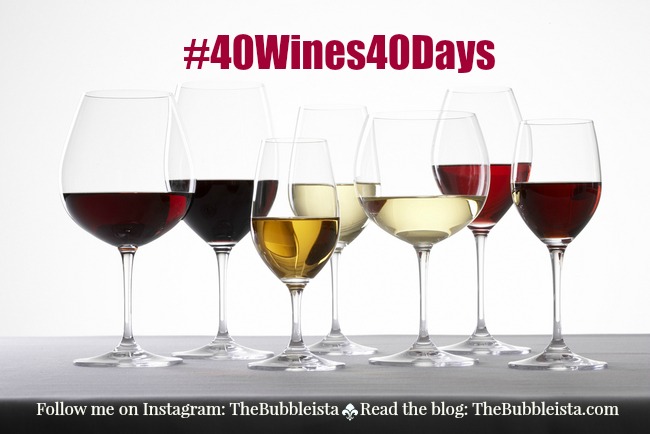

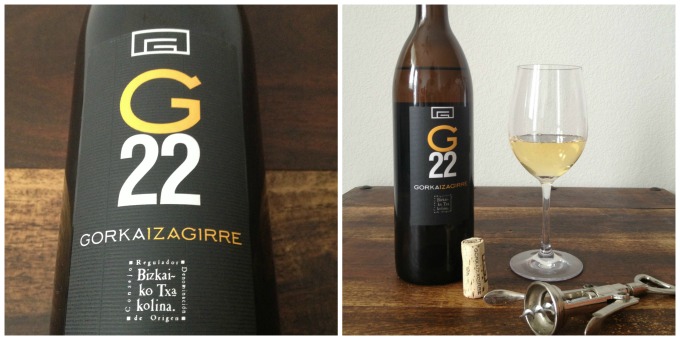
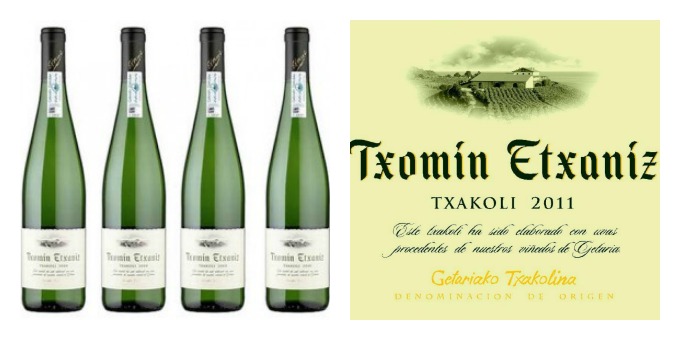
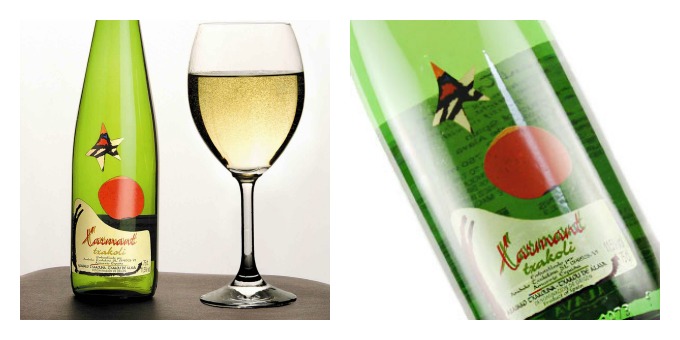
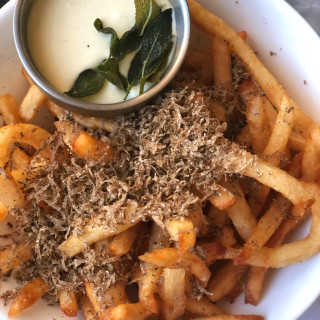
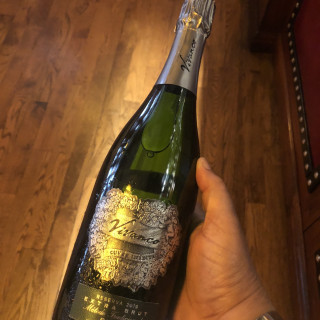
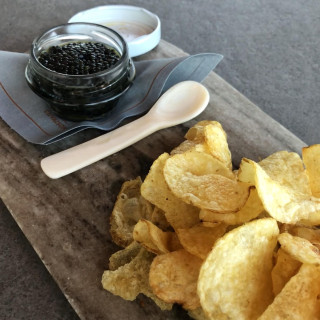
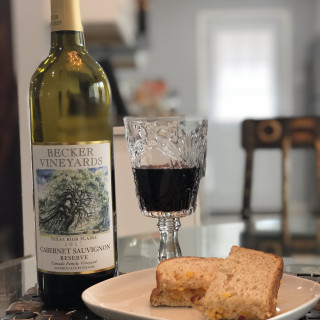

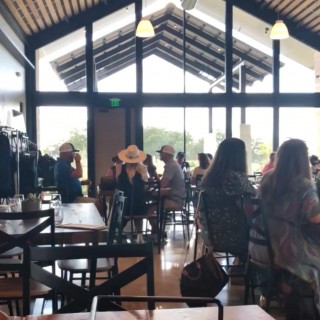
[…] example, last week I drank the Spanish wine called “Txakoli.” If you tried any Txakoli (whether it the brands I tried or other brands) post a pic of it […]